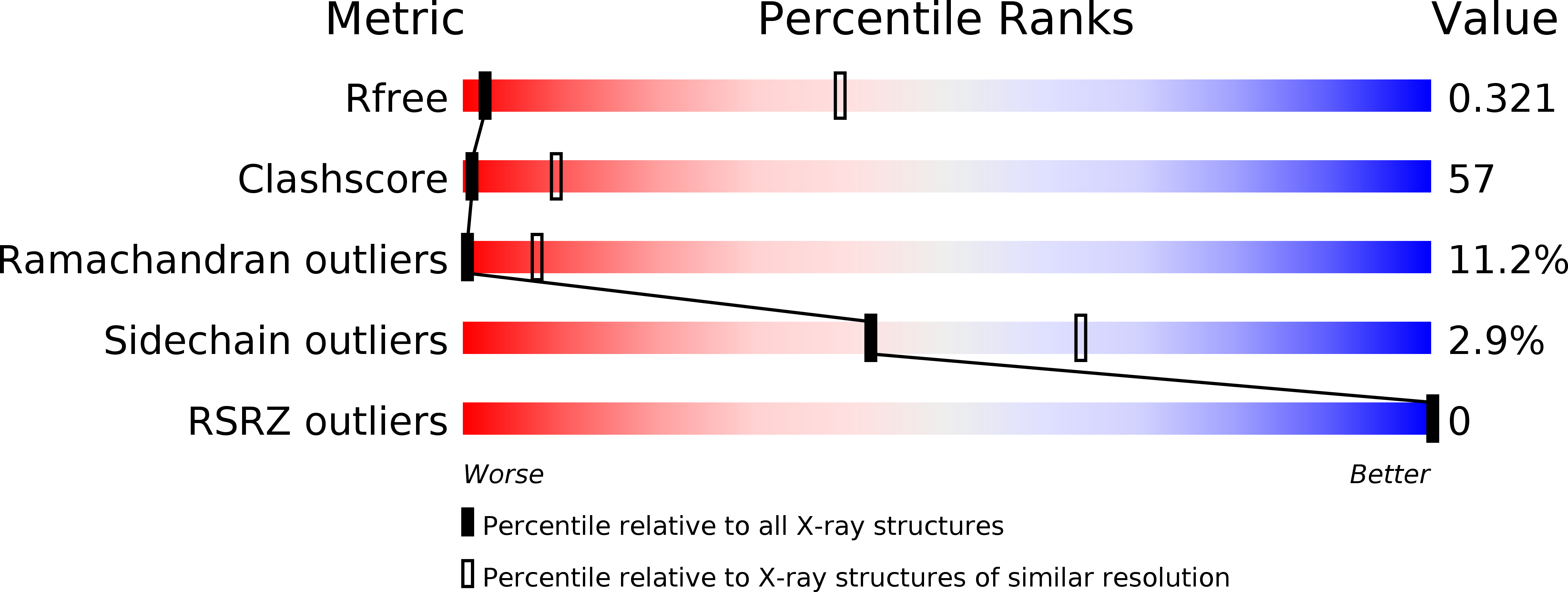
Deposition Date
2012-07-23
Release Date
2013-07-24
Last Version Date
2024-02-28
Entry Detail
PDB ID:
4G93
Keywords:
Title:
CRYSTAL STRUCTURE OF THE HUMAN HEPATITIS B VIRUS T = 4 CAPSID, ADYW STRAIN, in COMPLEX WITH THE PHENYLPROPENAMIDE ASSEMBLY ACCELERATOR AT-130
Biological Source:
Source Organism:
Hepatitis B virus subtype adyw (Taxon ID: 10419)
Host Organism:
Method Details:
Experimental Method:
Resolution:
4.20 Å
R-Value Free:
0.38
R-Value Work:
0.37
R-Value Observed:
0.37
Space Group:
C 1 2 1


